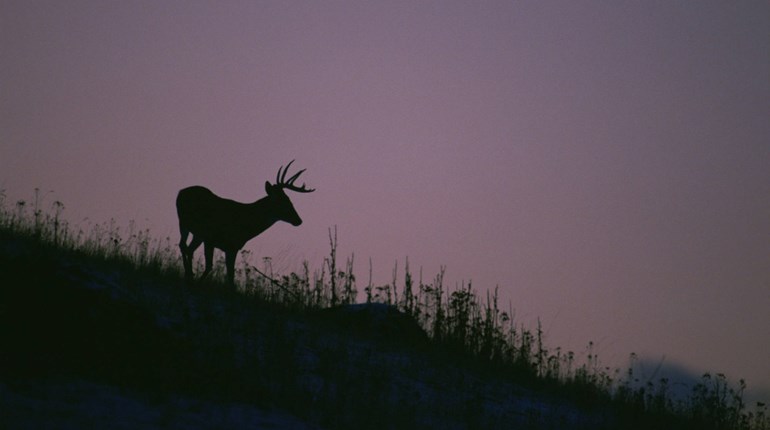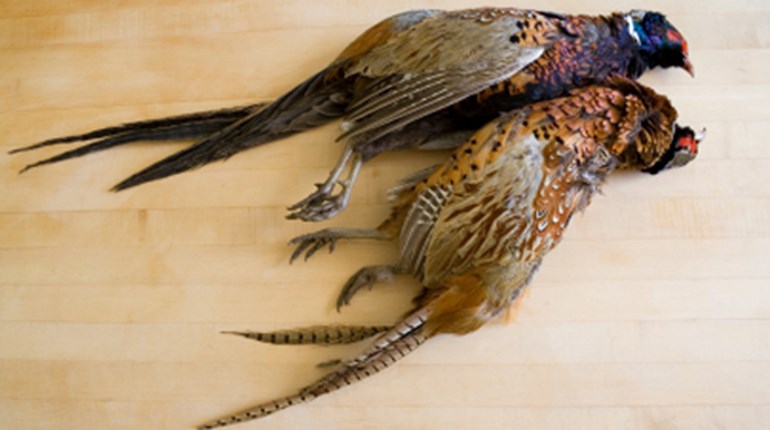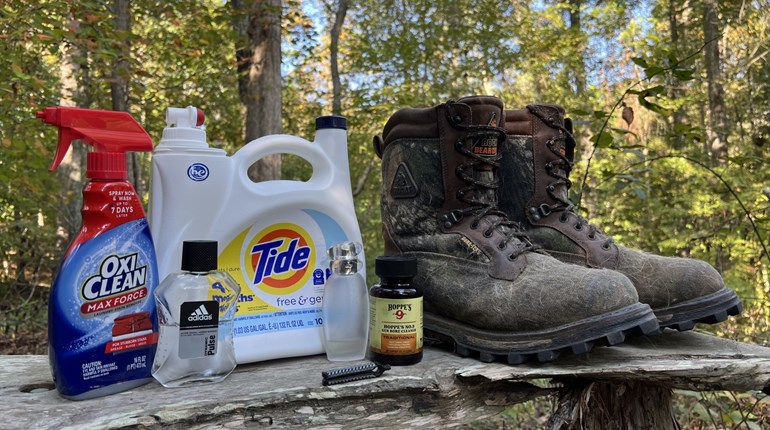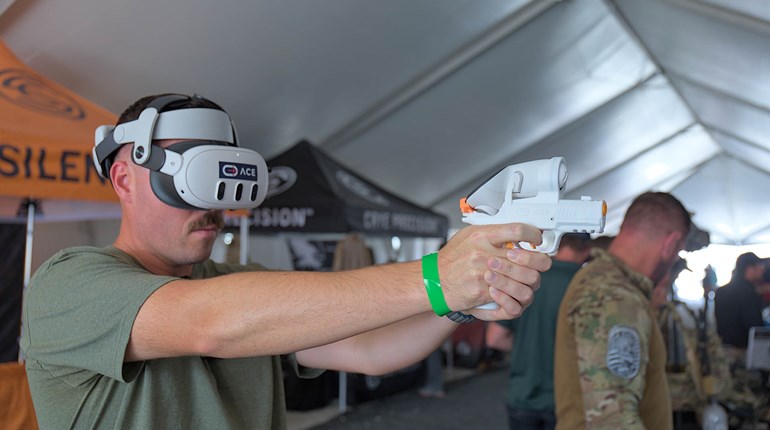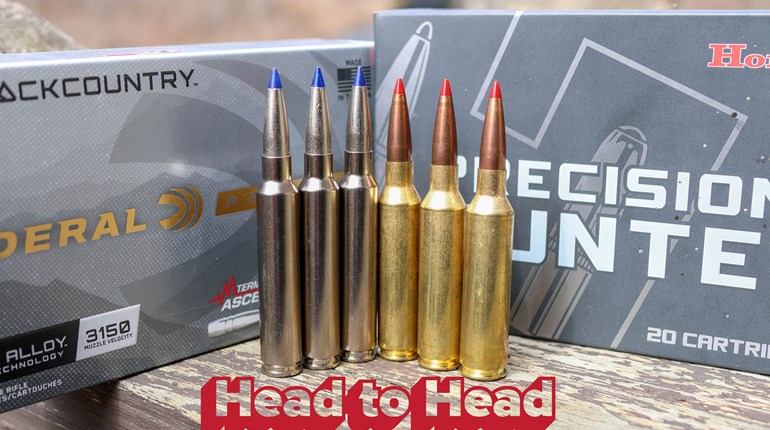
Not long after starting with American Hunter I received a snapshot showing a friend from Arizona along with another fellow posing with a gigantic bull elk. At that time elk were my foremost hunting ambition, an obsession fueled by hunts in Montana and Washington. While I’d seen some dead bulls in camp and live ones on the hoof, they didn’t approach the mega-trophy my buddy’s co-worker had killed. In fact that bull was even bigger than many pictured in our magazine articles.
Scrawled on the back were the words, Boomer’s elk, and then as a postscript, Why don’t you come and hunt here? You could write an article.
That flipped a switch in me, a drive to seek out and hunt the very best places. Admittedly I was a pretty dim bulb at how to go about it. That hit home when I called my friend to accept his invitation, only to learn that, unlike in Montana and Washington, I couldn’t simply buy an Arizona elk tag over the counter. He wasn’t sure of the particulars, but knew one needed to apply in advance.
I was clueless too, but after making numerous calls for advice I submitted my application for the 1988 early-season rifle hunt in the same unit where Boomer had scored. For months I bragged that I was going to hunt the West’s biggest bulls, and finally was pumped to get a letter from Arizona Game and Fish.
It read: “Application unsuccessful.” What!?
As I write this in a motel room in Seligman, Ariz., I have just completed that elk hunt after finally drawing my tag some 22 years later. I’ve learned a lot—not necessarily about Arizona elk hunting, but more so on how to get in the running for prized tags in the best places. And so here’s my article.
Risk vs. Reward
Presuming we know what animal(s) haunts our hunting dreams, the real starting point is determining where to apply for that species. That goes beyond simply sorting out destination states because within each state are multiple units. They can range from just a few units for species like mountain goat and bison to hundreds for elk and deer, and since trophy potential, along with statistics like draw rate and hunting success rate can vary greatly, you need to learn exactly which units best meet your expectations.
Another complication is the preference/bonus point, a means by which most states help repeat applicants up their odds. Basically the applicant accumulates a point for every year he applies, though systems vary from state to state. Sometimes it’s akin to having multiple raffle tickets, while an alternate approach favors applicants who reach a certain point level. Some states even allow you to buy a preference point without being in a draw, a help to hunters who can’t make the hunt that particular year. For serious tag seekers in for the long haul, preference points are a godsend that reward persistence, which, the same as in actual hunting, is the real key to success in drawing tags. Understanding where you stand can influence decisions on where to apply.
The best-case scenario would be to apply in every state that offers the animal you seek, but as is the case with every other kind of gambling, you must be able to foot the ante, or in this venue, the application fees. In most cases that will include the cost of the tag plus service fees, and sometimes the state hunting license. The big one is the tag and prices are all over the board: deer can run from $200 to $500; elk from $500 to $1,500; and sheep from $750 to $3,000. All of this money must be included with your application. The good news is that if you don’t draw the tag you’ll get that part back, though the refund will come months later. Other fees, including the price of a hunting license you likely won’t use, stay with the state. For most, these fees are a limiting factor and so we must calculate how our money is best invested.
Filling out and submitting the applications can be a chore, too. This process should be manageable for anyone who’s at least semi-literate, but like any government forms, these can be confounding.
It’s entirely possible to do all your own information legwork. But don’t expect it to be easy. Expect to log hour after hour on the computer and telephone gathering reams of information. Likely the research will require far more hours than any actual hunting. And no matter how well-meaning your sources, some of that intel is bound to be outdated or lacking perspective. You may even run into outright disinformation. So when you seek free info on trophy hunting—buyer beware.
Luckily for those of us disinclined to wade through all the necessary research and red tape, there are commercial licensing services that guide one through every step of the process. While this assistance comes at a price, working with the pros helps to ensure your funds are used wisely, and some services will actually help make the cash-flow scenario more manageable. Two licensing firms I’m familiar with are U.S. Outfitters (USO) and Cabela’s T.A.G.S. Please note there are others, and it is my sense most do good work.
U.S. Outfitters Licensing Service originated this concept 20 years ago and is still going strong covering opportunities in eight Western states. Clients receive a yearly consultation and then receive recommendations on where to apply while USO handles all the paperwork. Also an outfitter, USO conducts hunts in many (but not all) targeted states, and accordingly their working agreement obligates successful applicants to book the hunts with them. Outside their guide territory they will refer clients to top outfitters but the client is free to proceed as he chooses. Clients pay a startup fee and are also responsible for certain fees required by specific applications; however, in most cases USO “fronts” tag fees, which account for most of the costs involved. Founder George Taulman says USO’s on-the-scenes outfitting involvement gives it unique expertise of game populations and hunting conditions, and that ensures clients receive the best advice on where to apply.
Cabela’s T.A.G.S. specializes in designing portfolios that take a long-term view to obtaining entry to prime trophy areas. Depending on what species interest the client and how aggressive he can afford to be, their hunting consultants map out a plan. This service targets 16 states and 18 species, mostly in the West but also Maine (moose) and Iowa (whitetail). In addition to providing personalized consultations, T.A.G.S. also will front tag fees, so that the client is then responsible for a service charge based on the total cost of the application, plus other minor fees. Cabela’s works with outfitters in all their tag-draw areas and will help successful tagholders book hunts, though no one is obligated to do so.













